The Easiest Way To Read Sheet Music For A Beginner Part. 1
For those learning piano for the first time, getting familiar with key movements is essential. However, an equally important step is understanding the symbols and characters in a music sheet. This knowledge is crucial for effective learning and independent practice.
Today, DMA will guide beginners through the fundamental structure of a music sheet, helping you recognize and read it with accuracy based on international standards.
Understanding the Staff
In a music sheet, the first thing you will notice is the staff. The staff consists of five lines and four spaces, where the spaces are the gaps between the lines. Each line and space represents a different musical note.
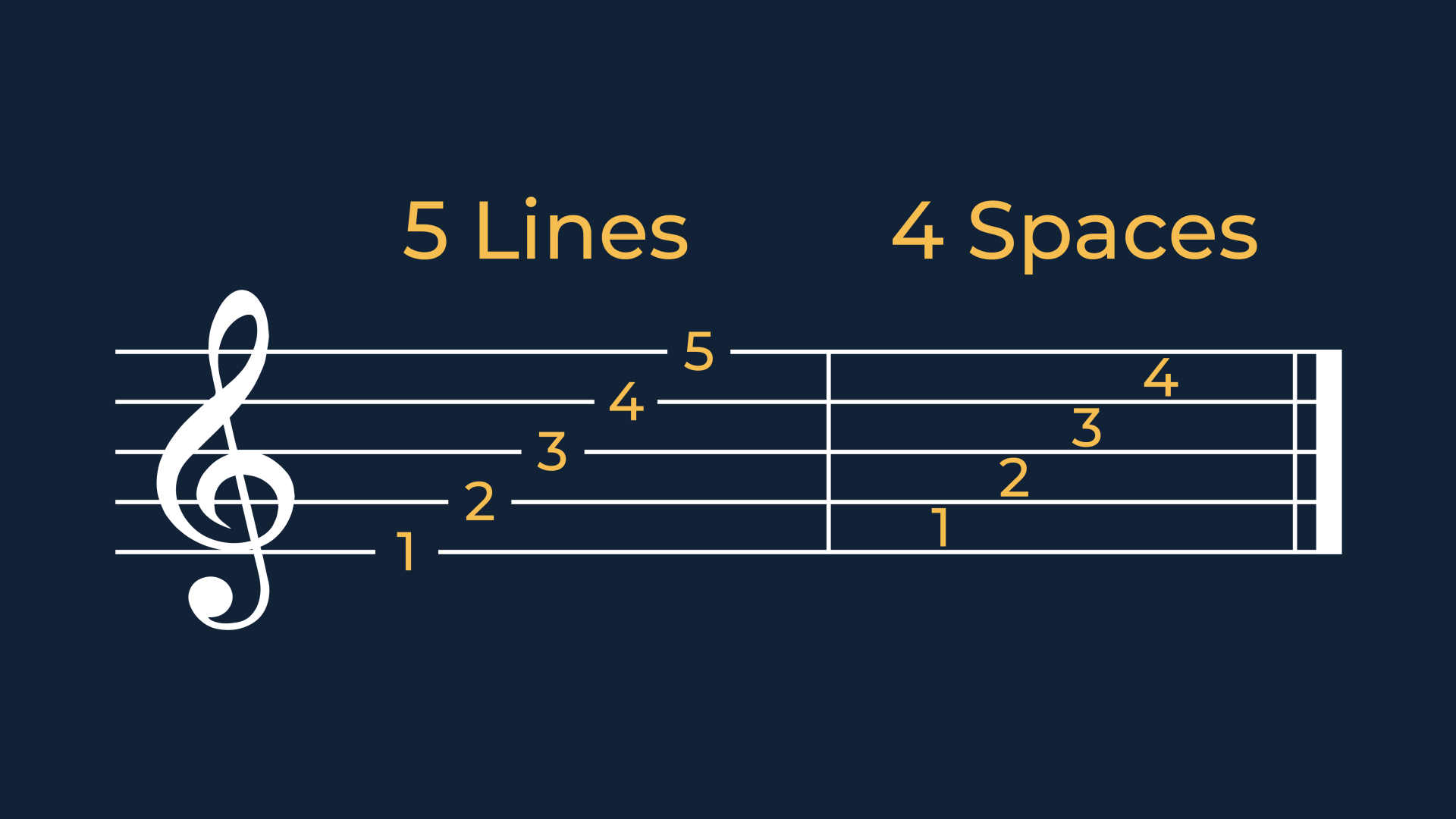
Clefs in Music Notation
The clef is a symbol placed at the beginning of the staff. Identifying the clef helps musicians determine the pitch of the notes and categorize them as follows:
🎼 Treble Clef (G Clef): Used for instruments with a higher pitch, such as piano (right hand), violin, and flute.
🎼 Bass Clef (F Clef): Used for lower-pitched instruments like cello, bass guitar, and bass lines in piano (left hand).
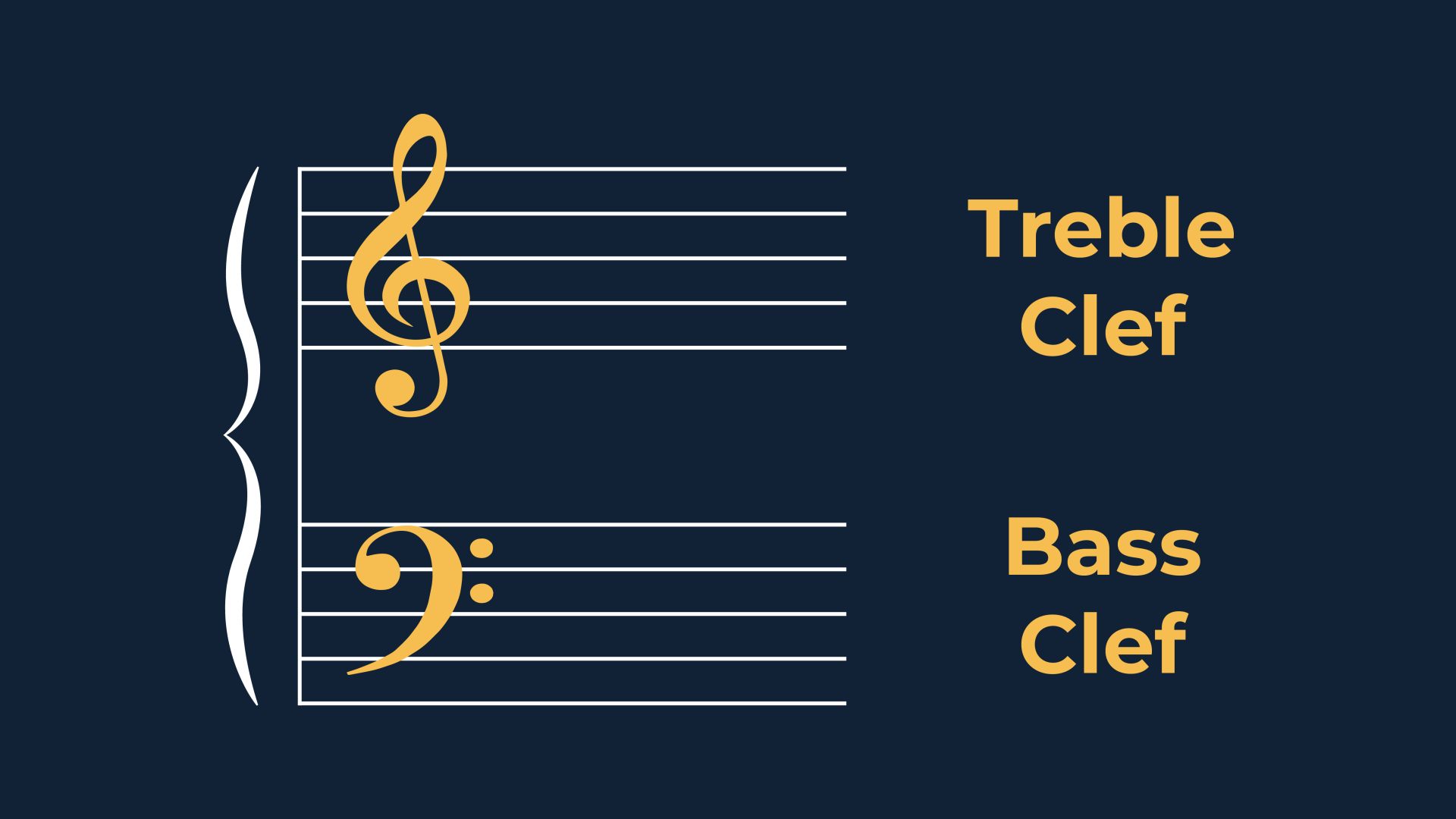
💡 Fact You Might Not Know:
- The Treble Clef is also called the G Clef because its curved tail starts on the second line from the bottom, which represents the note G.
- The Bass Clef is also called the F Clef because the two dots of the symbol are placed above and below the F line (second line from the top).
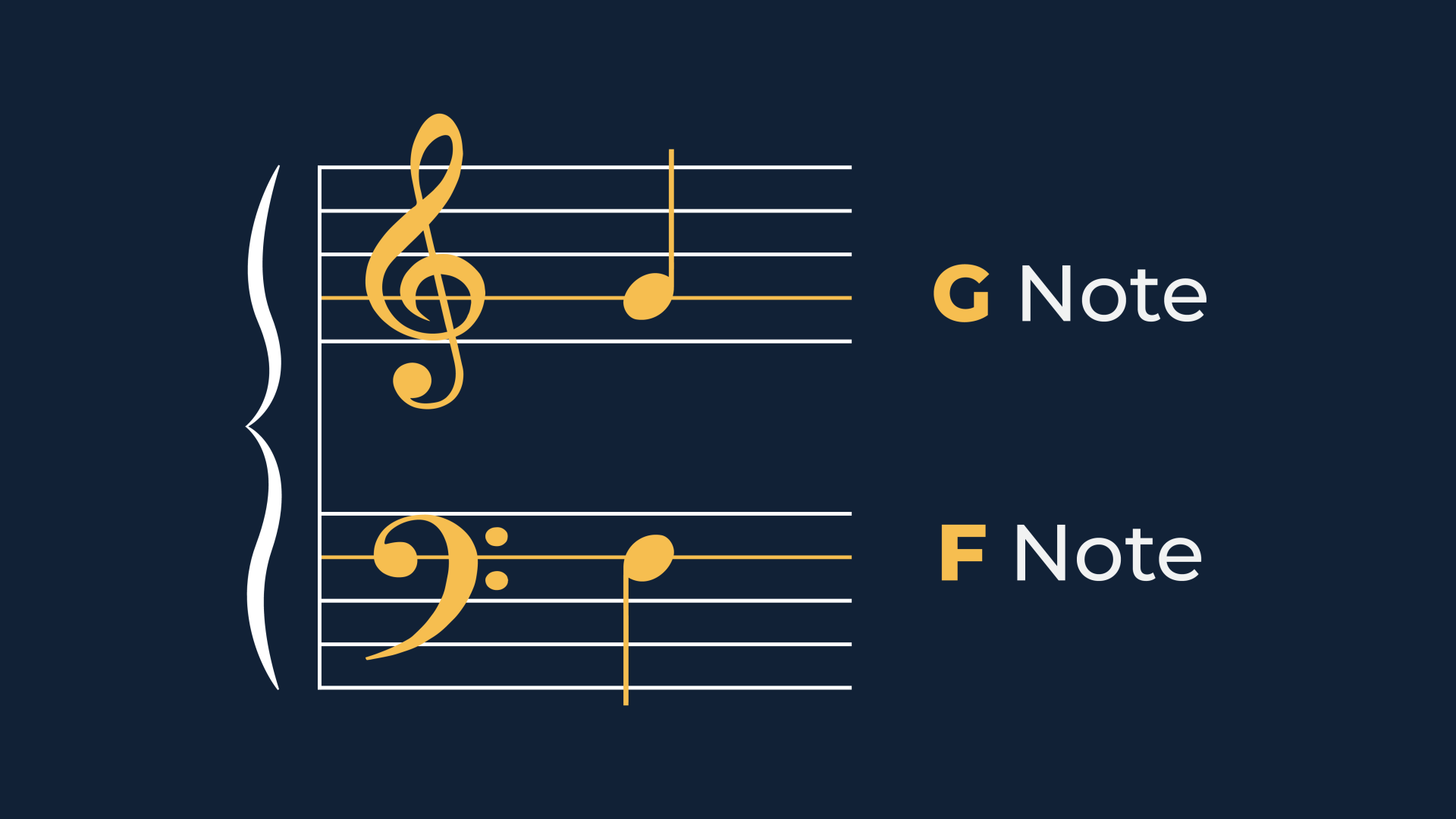
Identifying Musical Notes
In music sheets, notes appear in a connected sequence. They are not exclusive to a single clef but move across both. A basic note system consists of seven notes: A - B - C - D - E - F - G, which repeat in cycles. These notes are positioned on the staff, helping musicians read different octaves.
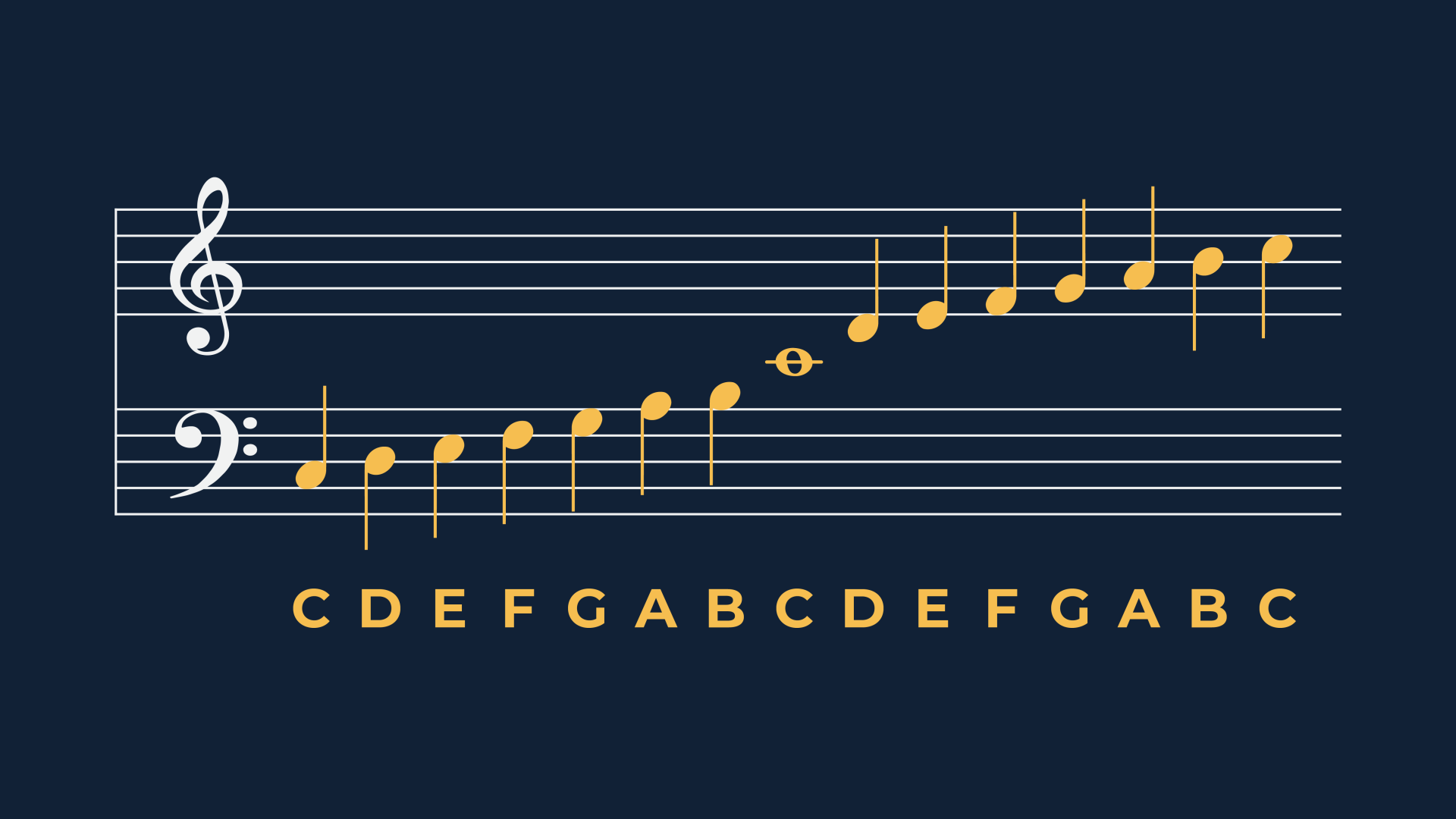
Imagine the note C as a reference point. The Middle C (C4) is located between the Treble Clef (right hand) and the Bass Clef (left hand), serving as a bridge. Instead of focusing on individual sections, think of the notes as part of a continuous sequence—this will help you move smoothly across the keyboard.
Expanding further, let's look at the three C notes on the staff:
- C3 (lowest)
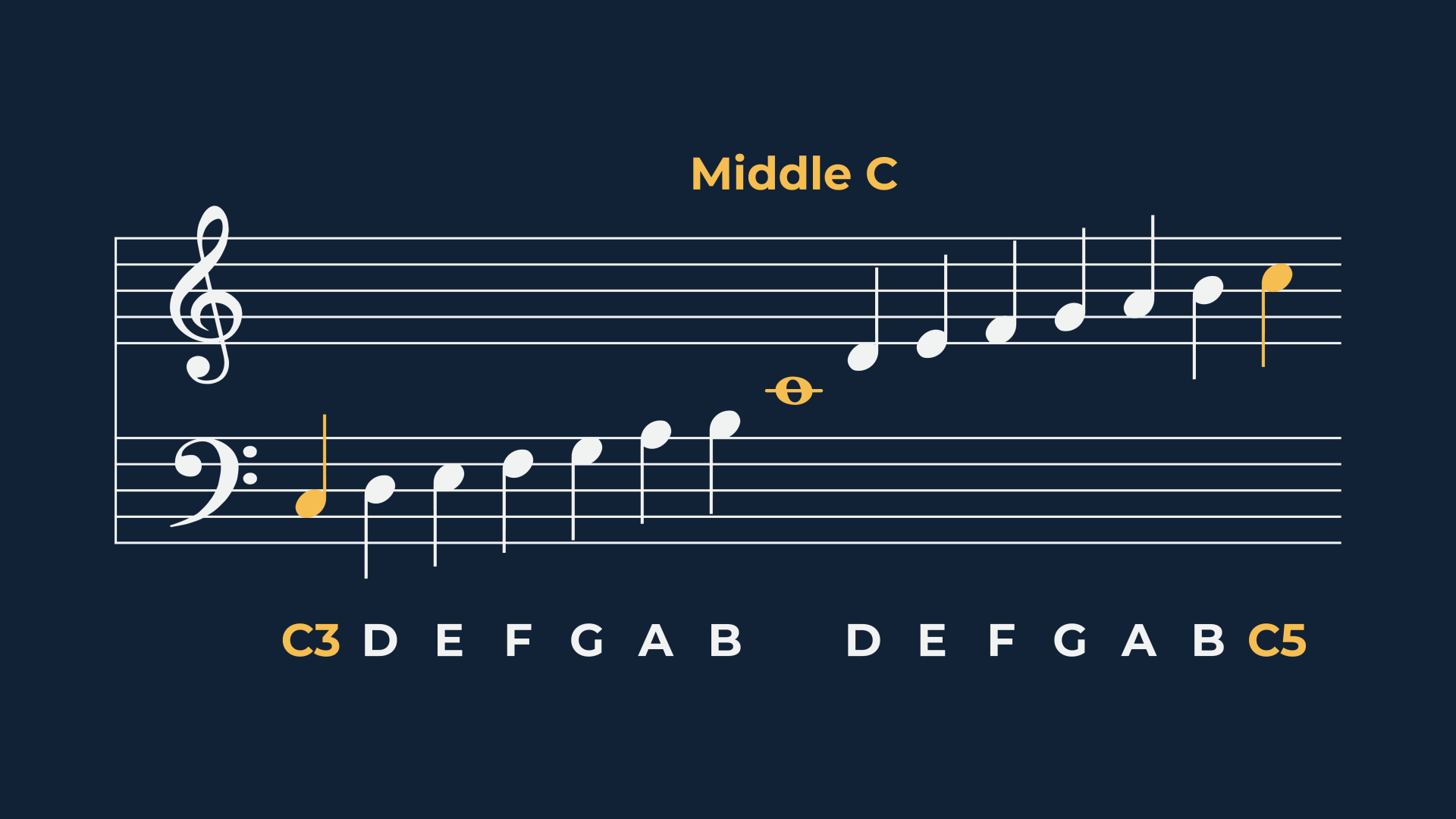
An easy way to remember C notes is that they always appear in the second space from the ends of the staff. Once you recognize this pattern, you’ve already learned about octaves.
💡 What Are Octaves?
Octaves are the distance between two notes of the same name but different pitch. The higher note has twice the frequency of the lower note.
Recognizing Octaves on the Piano Keyboard
On a piano, two notes that are one octave apart always have eight white keys between them (including the starting and ending keys). Now that we've covered Middle C, the additional C, F, and G positions, you've completed a general overview of reading a music sheet!
Pages
-
Home
-
About Us
-
Course
-
Book & Products
-
Contact Us
-
Imprint

Pages
IMPRINT
Dechant Music Academy (DMA)
Head Office Hong Kong
3f Wing On Building, 232 Lockhart Road, Wan Chai
Registered Court: Inland Revenue Department Wan Chai, Hong Kong
VAT-ID: 55468457
Email: info@dechantmusicacademy.com
German Warehouse Address
Grosse Str. 42, 49424 Goldenstedt-Lutten
Registered Court: Finanzamt Neukoelln, Thiemannstr. 1 , 12059 Berlin, Germany
USt-Id-Nr: DE356323103
Phone: +49 (0) 162 977 1308
Email: info@dechantmusicacademy.com
Managing Director
Irina Dechant - CEO & Founder DMA
IMPRESSUM
Vorsitzenderin: Irina Dechant
Hauptsitz Hong Kong
3f Wing On Building, 232 Lockhart Road, Wan Chai
Registriert bei: Inland Revenue Department Wan Chai, Hong Kong
VAT-ID: 55468457
Email: info@dechantmusicacademy.com
Deutsche Warenhausadresse
Grosse Str. 42, 49424 Goldenstedt-Lutten
Registriert bei: Finanzamt Neukoelln, Thiemannstr. 1 , 12059 Berlin
USt-Id-Nr: DE356323103
Mobile: +49 (0) 162 977 130886
Email: info@dechantmusicacademy.com

